Army Restructure (1968)
Topic: Canadian Army

Restructure of Army Combat Groups Means More French Canadian Units
The Montreal Gazette; 20 August 1968
By Larry McInnis (Staff Writer, The Gazette)
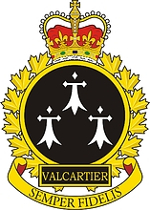 Formation of four combat units in Canada meant little more than a redesignation of Infantry brigade groups in Calgary, Petawawa and Gagetown, but Valcartier, the 5th Combat Group of French-speaking units will mean a substantial "shot in the arm" to the Quebec City economy.
Formation of four combat units in Canada meant little more than a redesignation of Infantry brigade groups in Calgary, Petawawa and Gagetown, but Valcartier, the 5th Combat Group of French-speaking units will mean a substantial "shot in the arm" to the Quebec City economy.
Each of the combat groups will be composed of two infantry battalions, an armored regiment, an artillery regiment, and supporting units.
The 3rd Combat Group at Gagetown, for example, was formerly the 3rd Canadian Infantry Brigade Group, and was made up of the 1st and 2nd Battalions of The Royal Highland Regiment (Black Watch) of Canada (infantry), the Royal Canadian Dragoons (armored), and one of the four regiments of the Royal Canadian Horse Artillery — plus the usual support elements.
The new new designation does not change this structure, except that each of the infantry battalions will now have three rifle companies instead of four, and the armored and artillery regiments will have two instead of three squadrons of batteries.
In Valcartier, though, the situation is quite different. In the past, it has been the home of three battalions of the Royal 22nd Regiment. And one of these has always been on duty overseas, in Germany or Cyprus.
At a press conference last Friday Brigadier-General Roland Reid, who will command the new combat group, confirmed that the existing strength of personnel in field units at Valcartier will increase from approximately 2,500 to 3,500 with formation of the new armored and artillery regiments.
At a rough guess, this increase will mean an additional $6,000,000 annually pumped into the Quebec City area economy as the result of wages alone.
Brig-Gen. Reid also confirmed that there would be a need for expanded permanent accommodation to correspond with the increase in troops strength.
Asked to put an estimate on the value of new construction, Brig-Gen. Reid said that although planning was underway, it was not far enough advanced to make a monetary estimate at this time.
The fact that an armored regiment is part of the new combat group will mean additional expenditures in preparation of adequate tank-range facilities. This is the first time that an armored regiment will be based at Valcartier.
Perhaps it was with a tank range (and artillery firing range) in mind that the Department of National Defence expropriated enough land just a couple of years ago to triple the size of the Valcartier training area. Although the residents of Shannon protested at the time, the expropriations stood, and while those expropriated didn't suffer financially, contractors are bound to benefit greatly over the next few years.
Equally important as construction in the fact that he formation of new units in Quebec marks the first time that there have been any real changes in the military structure in the province for a good many years, other than the usual change of names and roles of various units.
The new armored regiment — 12e Régiment blindé du Canada — will be equipped with the new Lynx reconnaissance vehicles that are currently being brought into service to replace the antique Ferret scout cars.
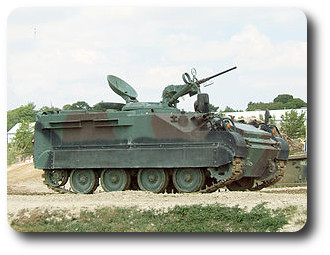 The Lynx is a first cousin of the M-113-A1 armored personnel carrier used by the infantry, so the maintenance problems should be simplified.
The Lynx is a first cousin of the M-113-A1 armored personnel carrier used by the infantry, so the maintenance problems should be simplified.
The establishment calls for a regimental headquarters squadron, three reconnaissance squadrons and a helicopter squadron. Due to the economic situation and peacetime restrictions, one reconnaissance squadron and the helicopter squadron will not be activated.
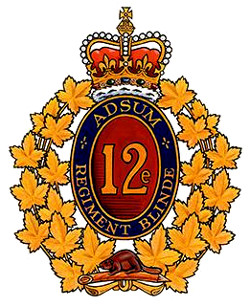 Choice of the name of the armored regiment is also interesting. During the Second World War, the Three Rivers Regiment (now called the Régiment de Trois Rivières) was designated the 12th Armored Regiment, and it is the Three Rivers Regiment that is being perpetuated.
Choice of the name of the armored regiment is also interesting. During the Second World War, the Three Rivers Regiment (now called the Régiment de Trois Rivières) was designated the 12th Armored Regiment, and it is the Three Rivers Regiment that is being perpetuated.
Régiment de Trois Rivières is a Militia unit (armored) based at, naturally enough, Three Rivers. Brig-Gen. Reid surprised everyone, including many senior officers, at his press conference Friday when he said that the reserve unit has been called the 12e Régiment blindé du Canada (Militia) since may. All the glory of the reserve unit, including its battle honors and flags, will become property of the Regular element of the unit.
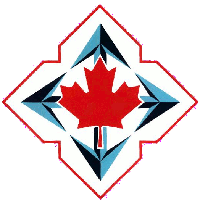 Officers at the conference only smiled when it was suggested that the name choice came because General Jean-Victor Allard, Chief of the Defence Staff, is from Three Rivers and in the fall of 1966 he was honored by the city with a presentation of historical documents of the area, and honored again in a long ceremony staged by the Régiment de Trois Rivières.
Officers at the conference only smiled when it was suggested that the name choice came because General Jean-Victor Allard, Chief of the Defence Staff, is from Three Rivers and in the fall of 1966 he was honored by the city with a presentation of historical documents of the area, and honored again in a long ceremony staged by the Régiment de Trois Rivières.
Gen. Allard, the first French-Canadian to command not only the land forces of Canada but all the forces, started his military career in Three Rivers.
The new units is described as a light armored regiment, with its primary role as reconnaissance. Realistically, however, it will be equipped not with any new, light tanks, but with the aging Centurion.
The artillery regiment will fare a little better. It will be equipped with the L-5, Italian designed 105 mm, howitzer. The new weapon is air portable, and so fits in well with the overall mobility plans of Mobile Command, which controls all the new combat groups. The Lynx, also, is easily adapted to air transportation.
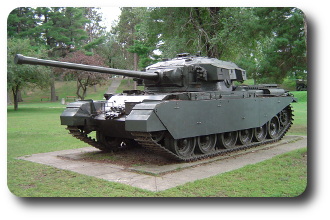 But the Centurion …
But the Centurion …
The infantry battalions will suffer somewhat also. They are being trimmed from four to three rifle companies, primarily because it is expected that quite a few personnel now serving in the infantry units will transfer to the new armored and artillery units.
Besides that, though, only one of the three companies in each battalion will be equipped with the M-113-A1 armored personnel carriers. The other two will be motorized rather than mechanized, and will travel in trucks.
As one battalion commander pointed out, this does not mean that one company will be designated custodians of the carriers. All troops will be trained and practiced on them. And as far as training is concerned, he said, the new system will mean that personnel can be rotated on a man-for-man basis with personnel serving with the 4th Canadian mechanized Brigade Group in Germany, whereas in the past it required entire units for rotation.
Across Canada, the whole concept means a trimming down of establishment to fit the personnel available.
In Quebec, the approach is equally practical, but perhaps in a different direction.
Of all the young men joining the Canadian Armed Forces, 27 per cent come from French-language homes. However, the retention rate is so poor that of all those serving at present, only 15 per cent have French as their primary language.
The new combat group of French-language units, it is hoped, will reverse this trend and entice not only more French-Canadians to join the service, but will entice them to stay in. Another factor, of course, is that the working language will be French for the greater part of most careers, and families can attend French-language schools in Quebec.
In May, 1968, when the news that the French-language units would be formed (The Gazette, May 8, 1968), there was a lot of hard feelings in other parts of Canada, and particularly in the Maritimes. The issue was bitterly fought out in Cabinet before the 25 June election, and apparently those who favored the new system, such as Defence Minister Léo Cadieux, won out. There has been little comment or criticism since.
As yet it is hard to put a complete price ag on the benefits which will accrue to the Province of Quebec, but considering accommodation (military and private), development, construction projects, supplies, and that many, many other services required by the military from civilian sources, the cash amount pumped into the province should be substantial indeed, perhaps as high as $15,000,000.

Posted by regimentalrogue
at 12:01 AM EST

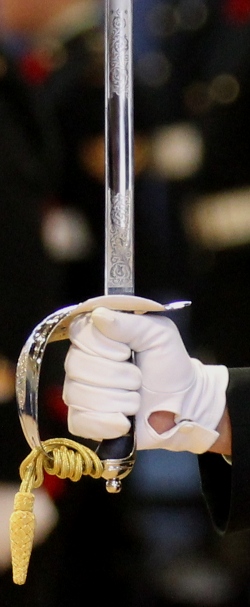 Is the Pen Still Mightier Than the Sword?
Is the Pen Still Mightier Than the Sword?


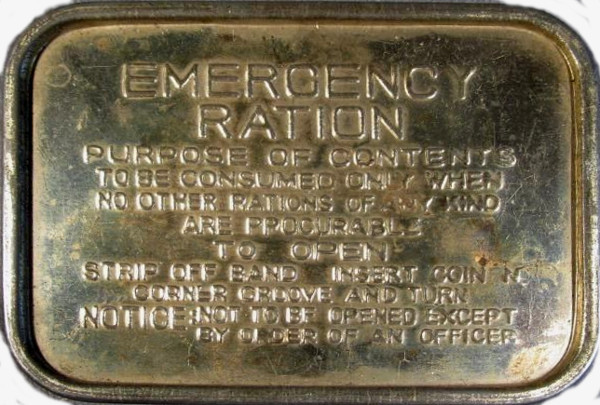
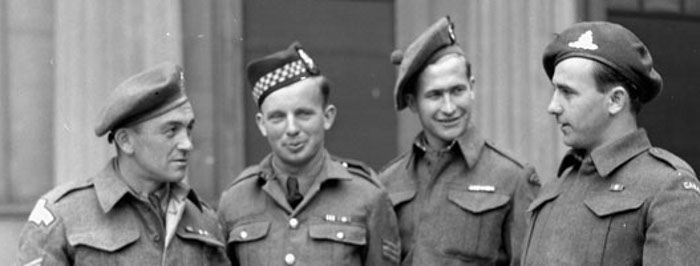
 Leadership presupposes two things: — A leader, and men capable of being led. A stag cannot lead an army of lions; a lion cannot persuade an army of stags to follow. What then is required? A lion leading lions. In other words, the qualities of leader and led are very similar. The chief of these qualities are: —
Leadership presupposes two things: — A leader, and men capable of being led. A stag cannot lead an army of lions; a lion cannot persuade an army of stags to follow. What then is required? A lion leading lions. In other words, the qualities of leader and led are very similar. The chief of these qualities are: — 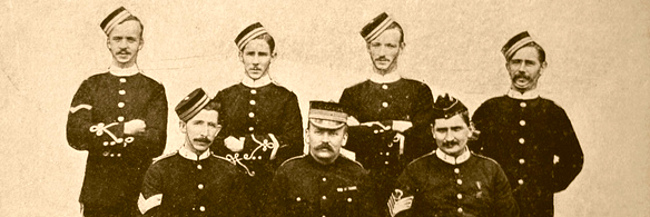
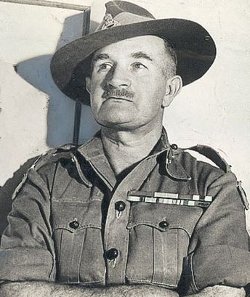

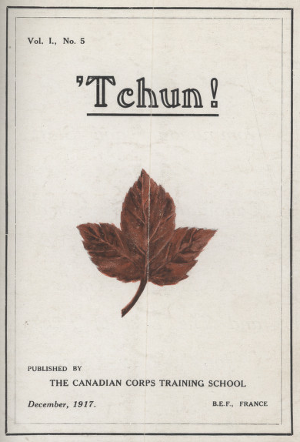 As much as soldiers enjoy learning new things; new weapon systems, new tactics and techniques to make them more effective on the field of battle, there is one timeless constant that survives all armies and eras. Soldiers dislike being in the school environment. Published in the school newsletter of the
As much as soldiers enjoy learning new things; new weapon systems, new tactics and techniques to make them more effective on the field of battle, there is one timeless constant that survives all armies and eras. Soldiers dislike being in the school environment. Published in the school newsletter of the 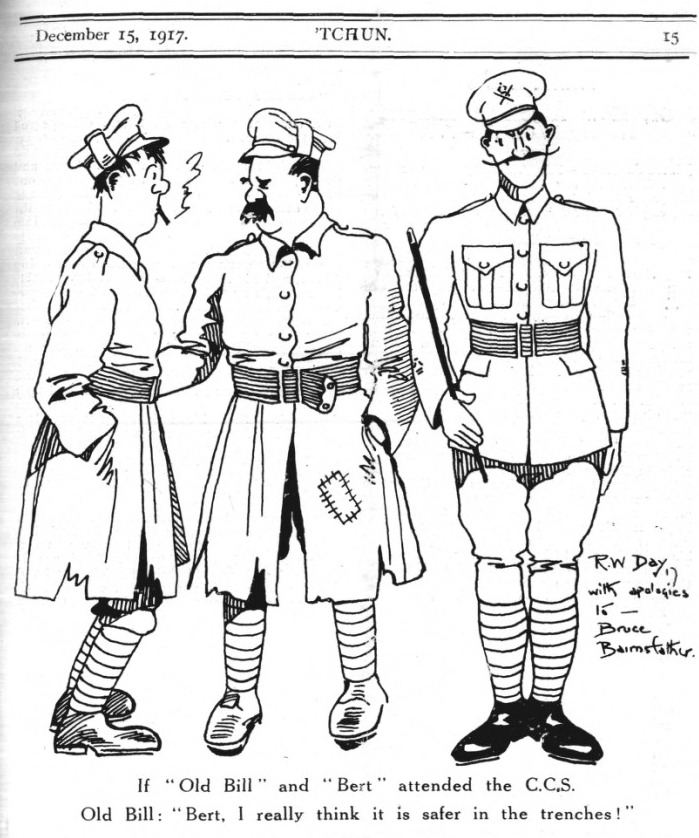

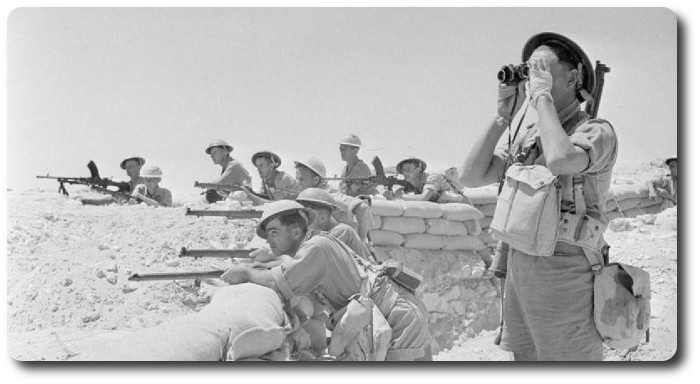
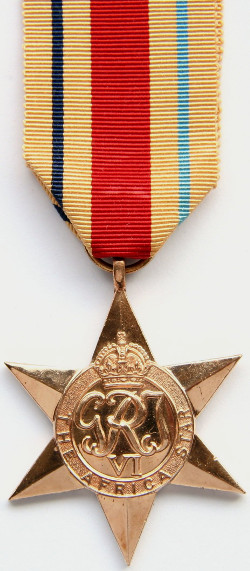

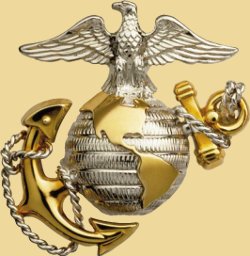
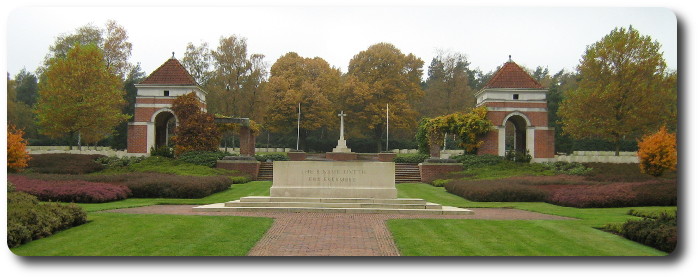
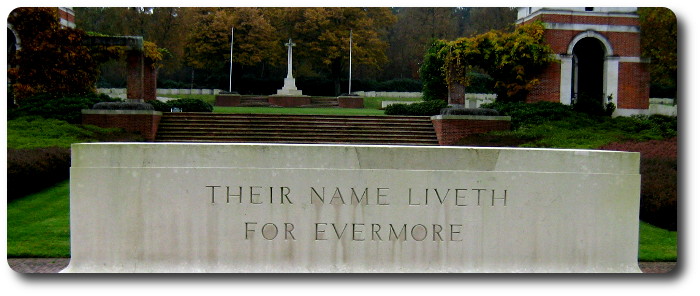

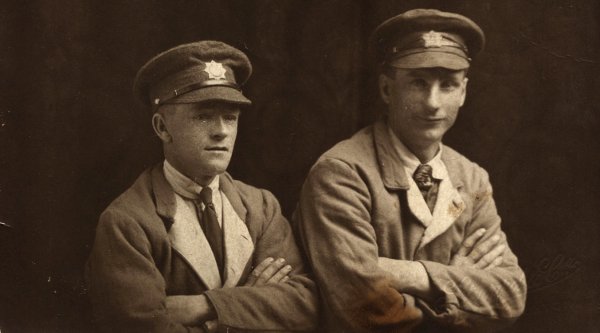
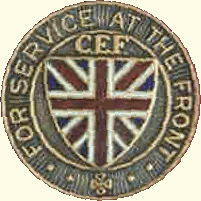 It is by a varying stroke of luck that one of the most valuable resources for researching Canadian soldiers of the First World War still exists. That resource is the collection of service records maintained by
It is by a varying stroke of luck that one of the most valuable resources for researching Canadian soldiers of the First World War still exists. That resource is the collection of service records maintained by 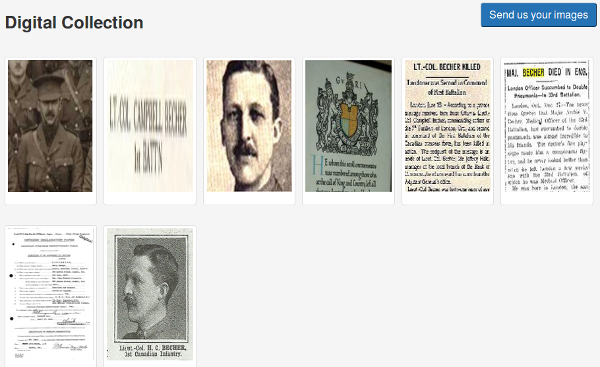
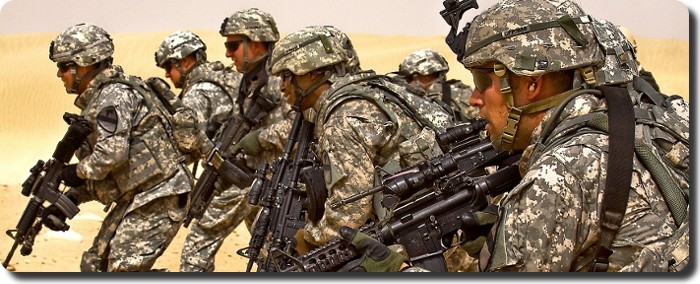
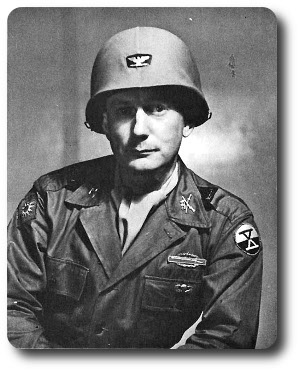
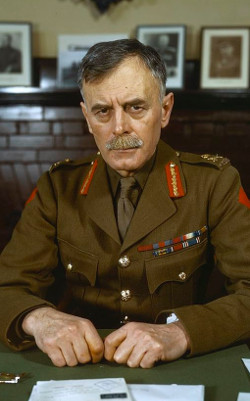
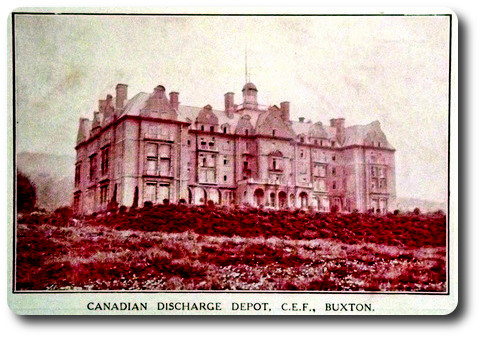
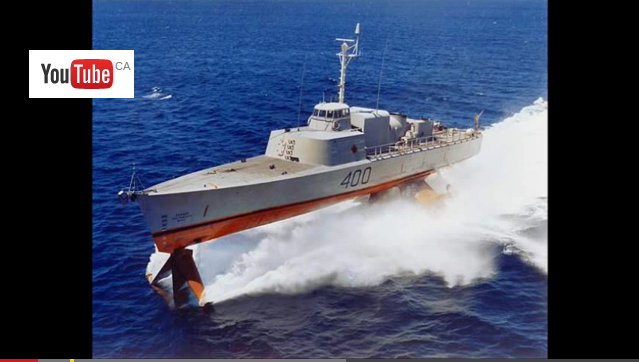
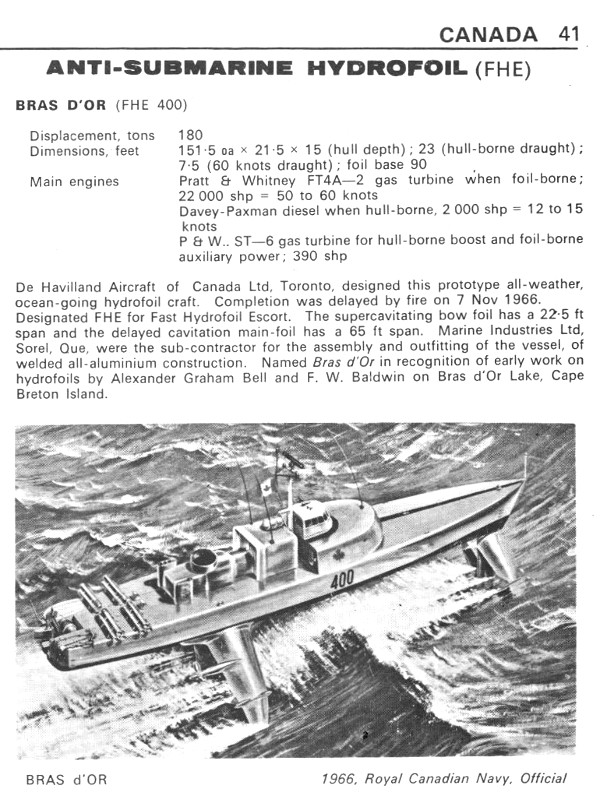
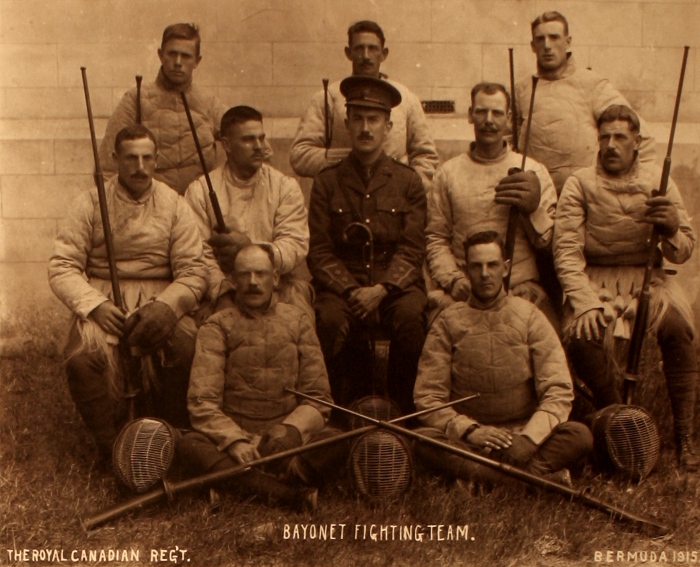

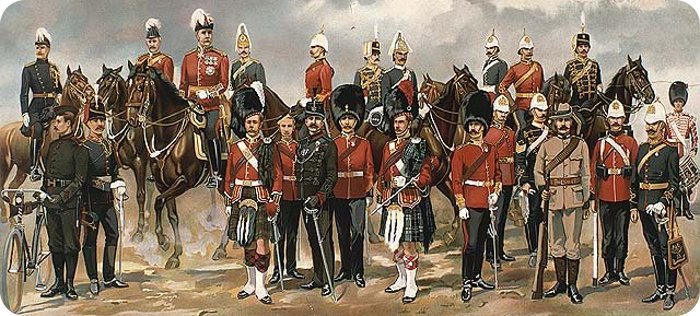
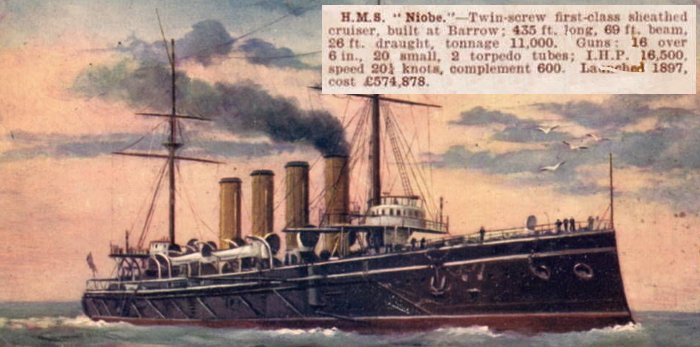

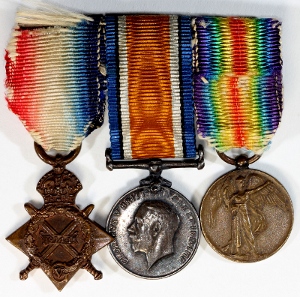 It's easy to be critical of someone else's actions. Offering criticism, either directly or by "innocently" suggesting what "should" be done, costs nothing. One doesn't have to open their wallet to offer criticism. One doesn't have to do anything to offer criticism. Yet by offering such remarks, they portray themselves as speaking from a position of moral superiority, their beliefs being reinforced by comments of agreement from others.
It's easy to be critical of someone else's actions. Offering criticism, either directly or by "innocently" suggesting what "should" be done, costs nothing. One doesn't have to open their wallet to offer criticism. One doesn't have to do anything to offer criticism. Yet by offering such remarks, they portray themselves as speaking from a position of moral superiority, their beliefs being reinforced by comments of agreement from others.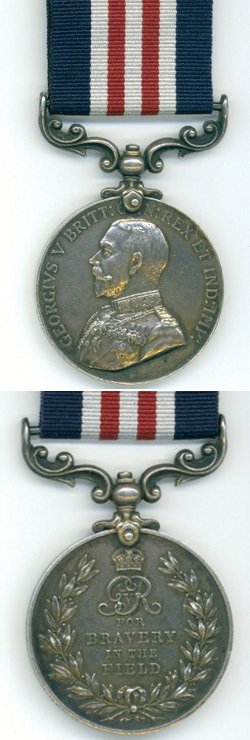 In commenting on this view, I added:
In commenting on this view, I added:
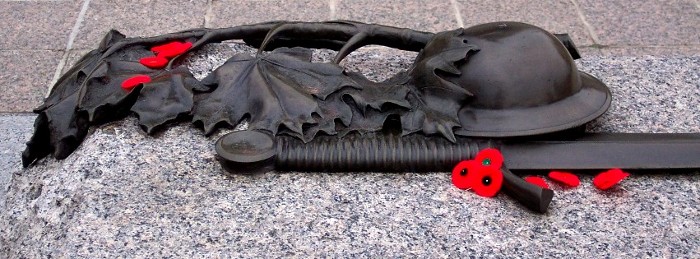
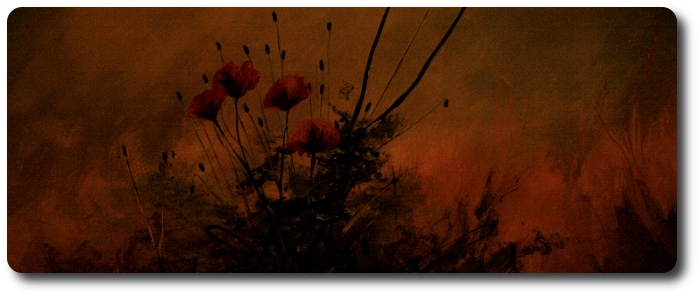
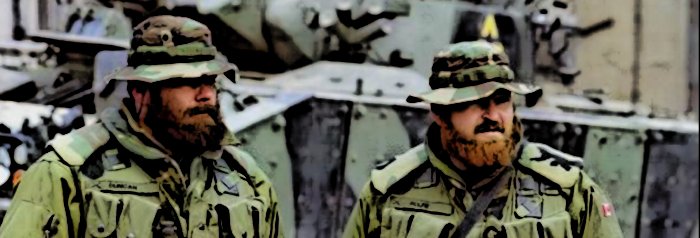
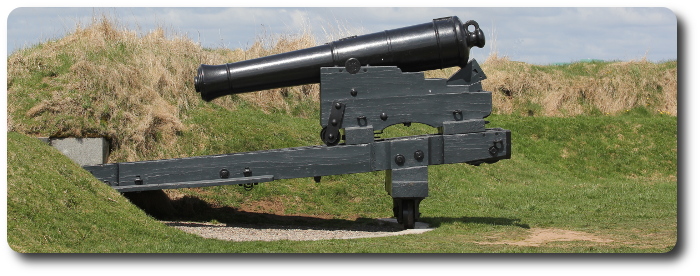
 Circular 14—Shifting Ordnance competition.—Open to all Garrison Artillery corps affiliated with the Dominion Artillery Association:
Circular 14—Shifting Ordnance competition.—Open to all Garrison Artillery corps affiliated with the Dominion Artillery Association:
 Formation of four combat units in Canada meant little more than a redesignation of Infantry brigade groups in Calgary, Petawawa and Gagetown, but Valcartier, the 5th Combat Group of French-speaking units will mean a substantial "shot in the arm" to the Quebec City economy.
Formation of four combat units in Canada meant little more than a redesignation of Infantry brigade groups in Calgary, Petawawa and Gagetown, but Valcartier, the 5th Combat Group of French-speaking units will mean a substantial "shot in the arm" to the Quebec City economy. The Lynx is a first cousin of the M-113-A1 armored personnel carrier used by the infantry, so the maintenance problems should be simplified.
The Lynx is a first cousin of the M-113-A1 armored personnel carrier used by the infantry, so the maintenance problems should be simplified. Choice of the name of the armored regiment is also interesting. During the Second World War, the
Choice of the name of the armored regiment is also interesting. During the Second World War, the  Officers at the conference only smiled when it was suggested that the name choice came because General Jean-Victor Allard, Chief of the Defence Staff, is from Three Rivers and in the fall of 1966 he was honored by the city with a presentation of historical documents of the area, and honored again in a long ceremony staged by the Régiment de Trois Rivières.
Officers at the conference only smiled when it was suggested that the name choice came because General Jean-Victor Allard, Chief of the Defence Staff, is from Three Rivers and in the fall of 1966 he was honored by the city with a presentation of historical documents of the area, and honored again in a long ceremony staged by the Régiment de Trois Rivières. But the Centurion …
But the Centurion …